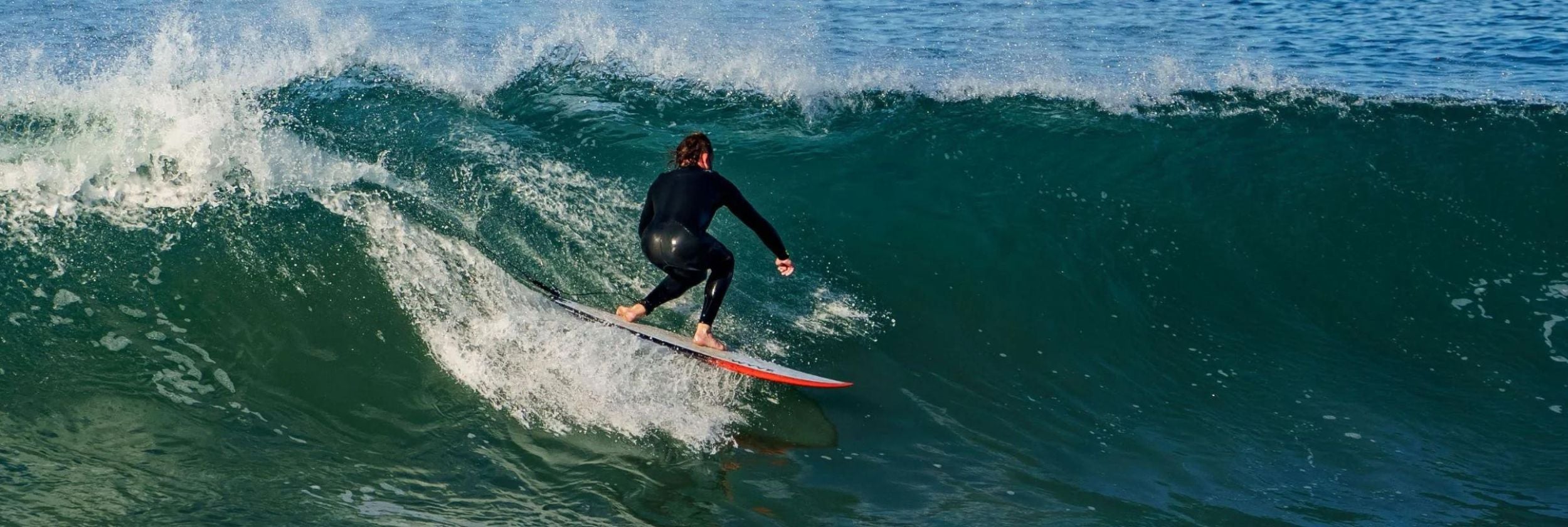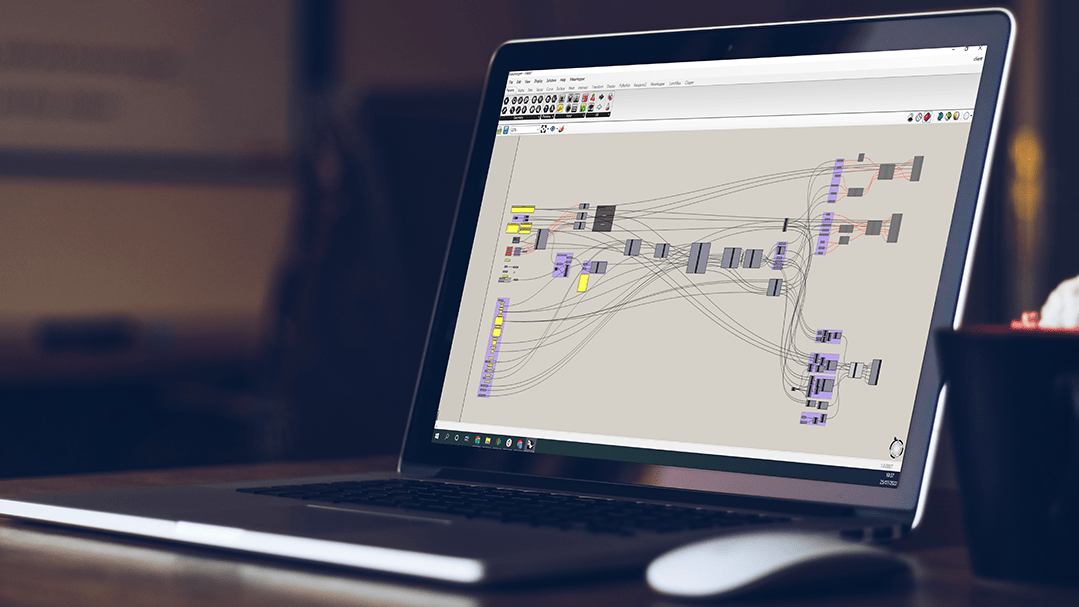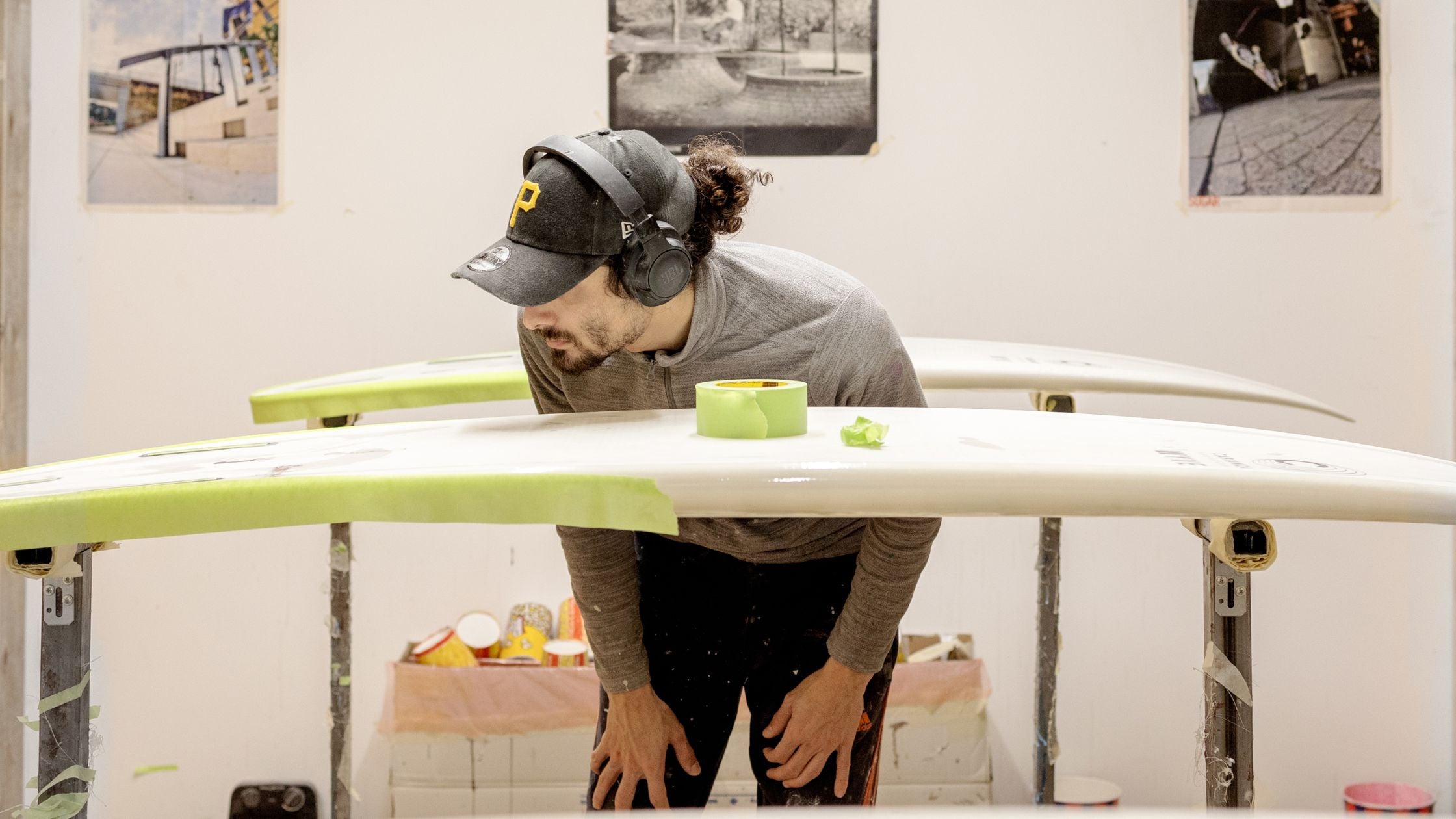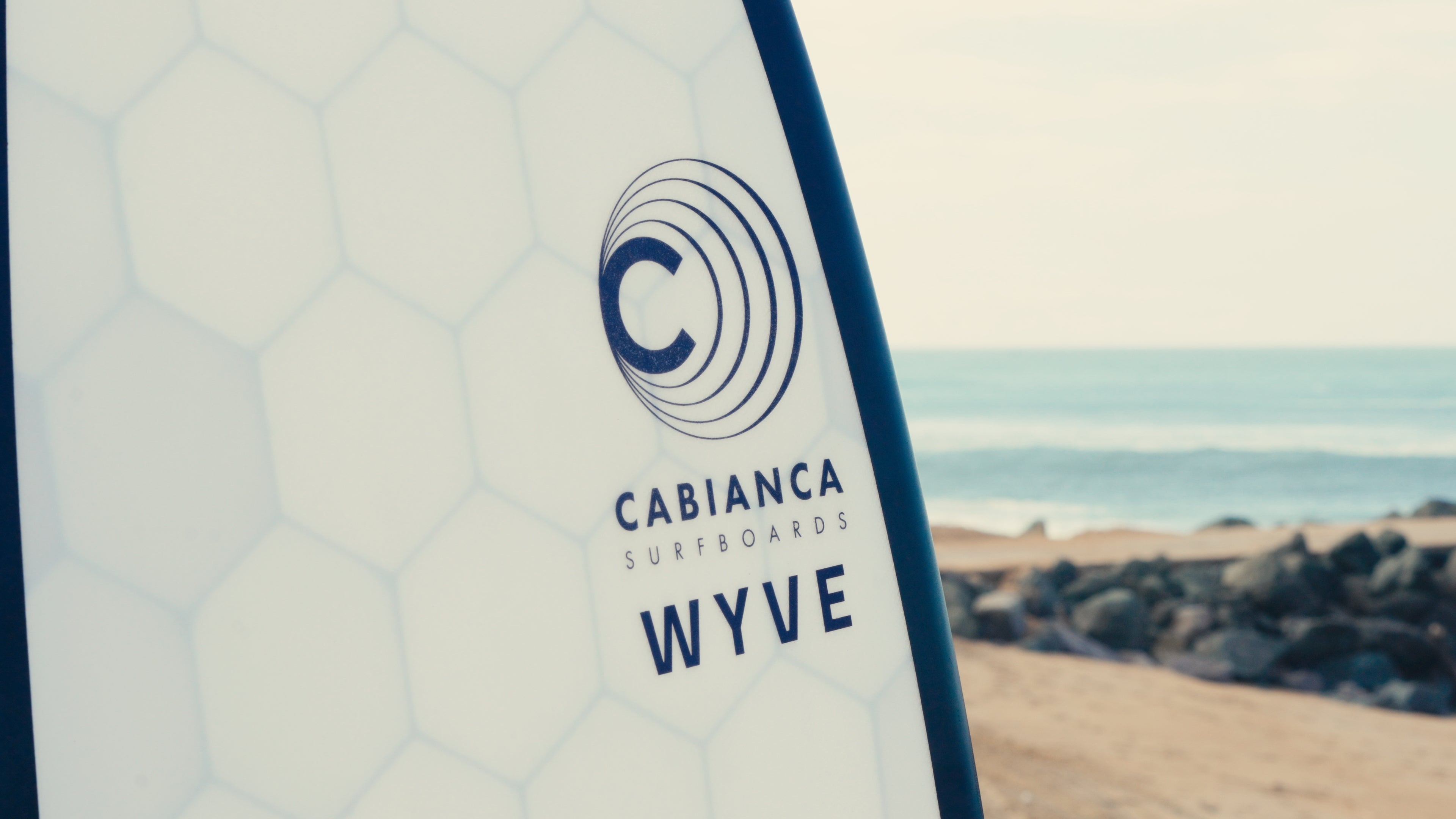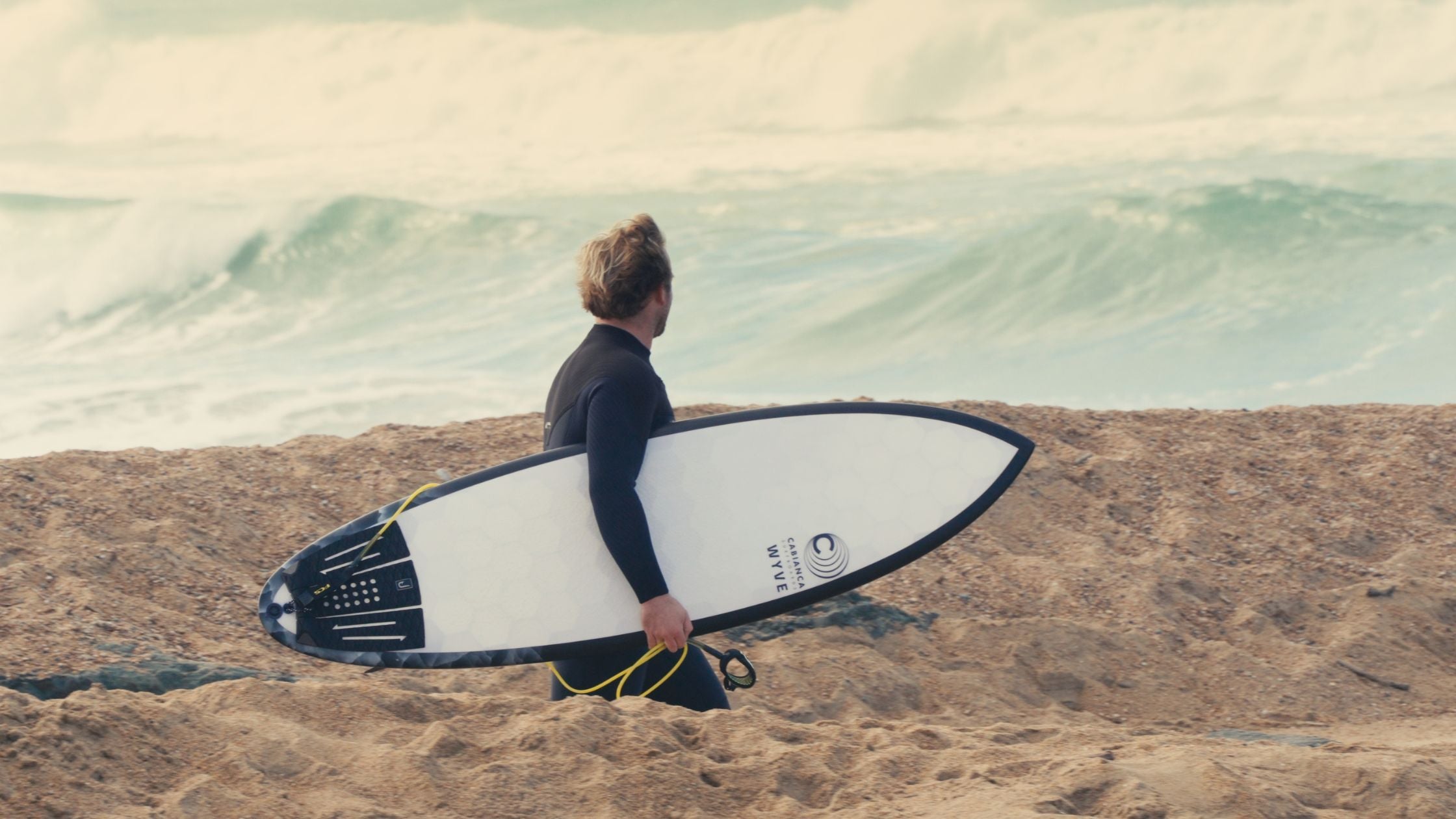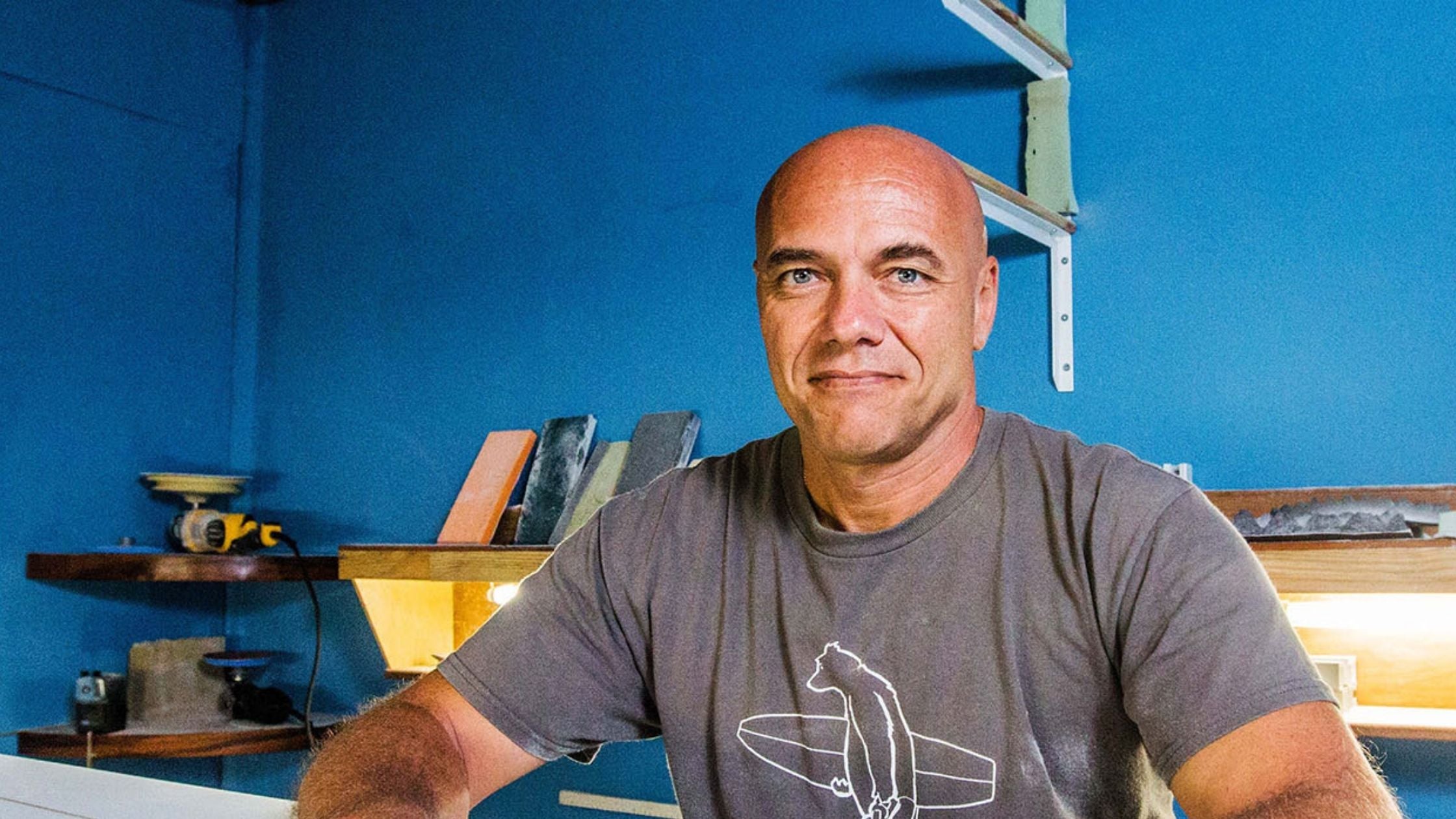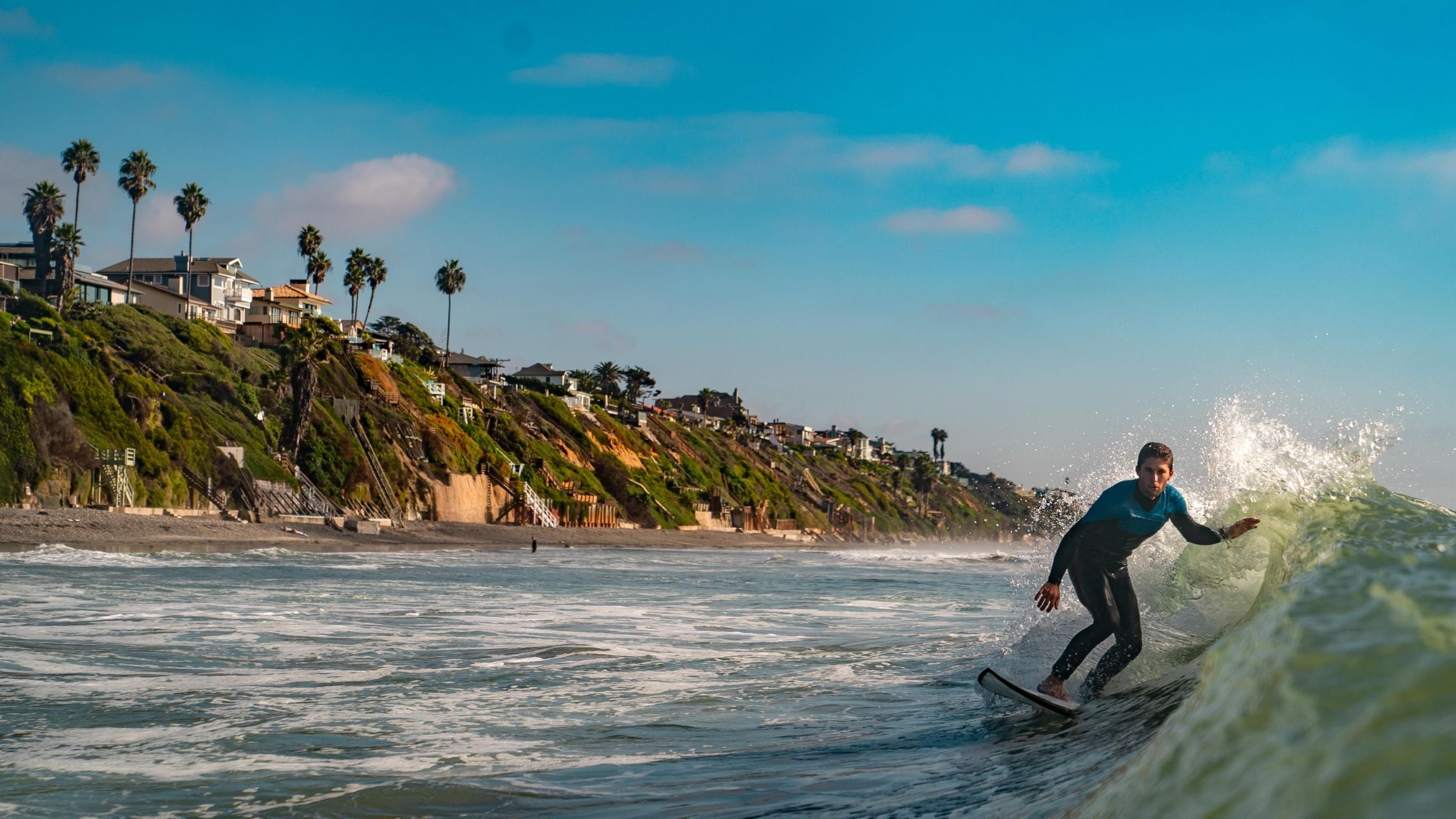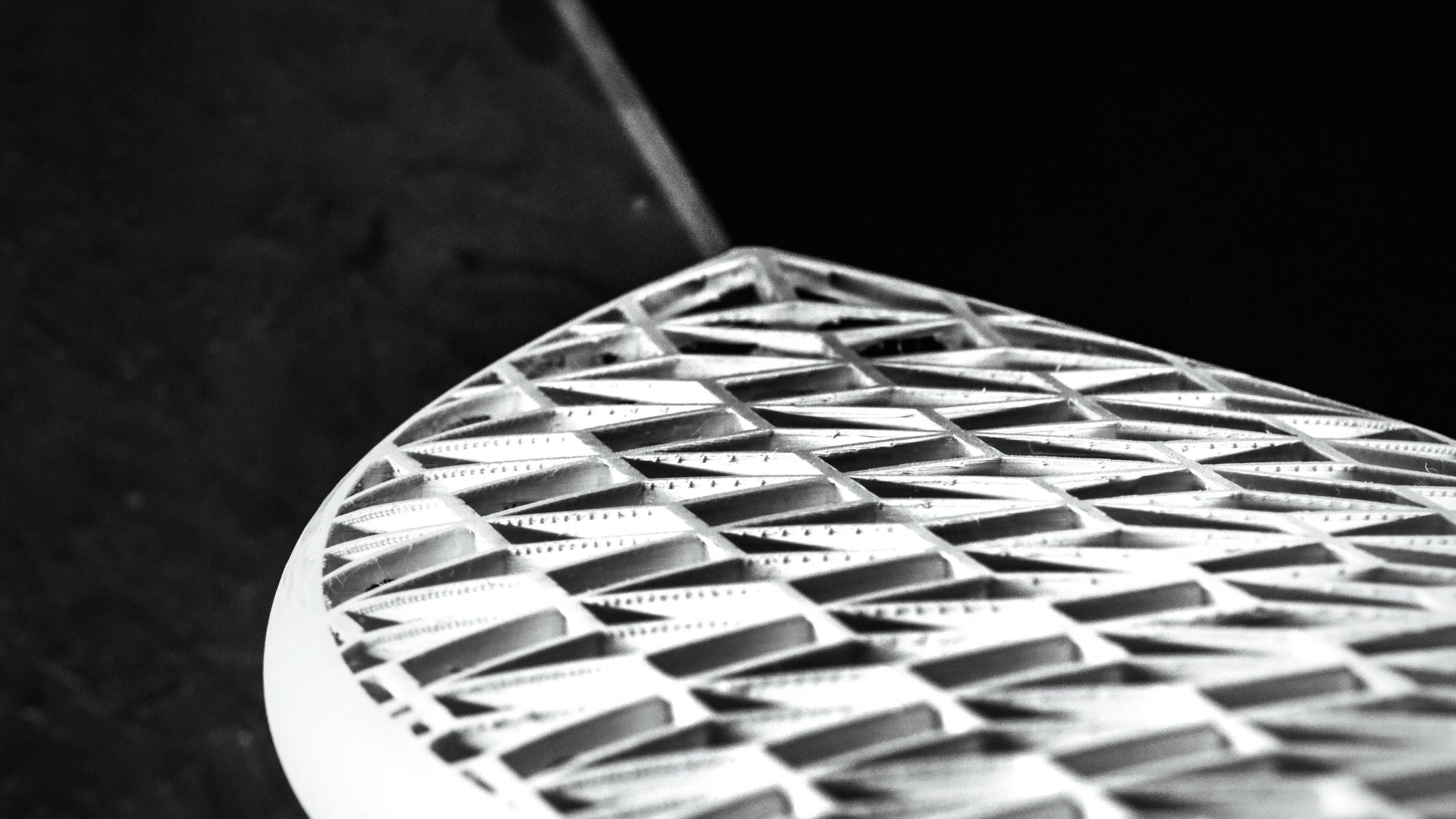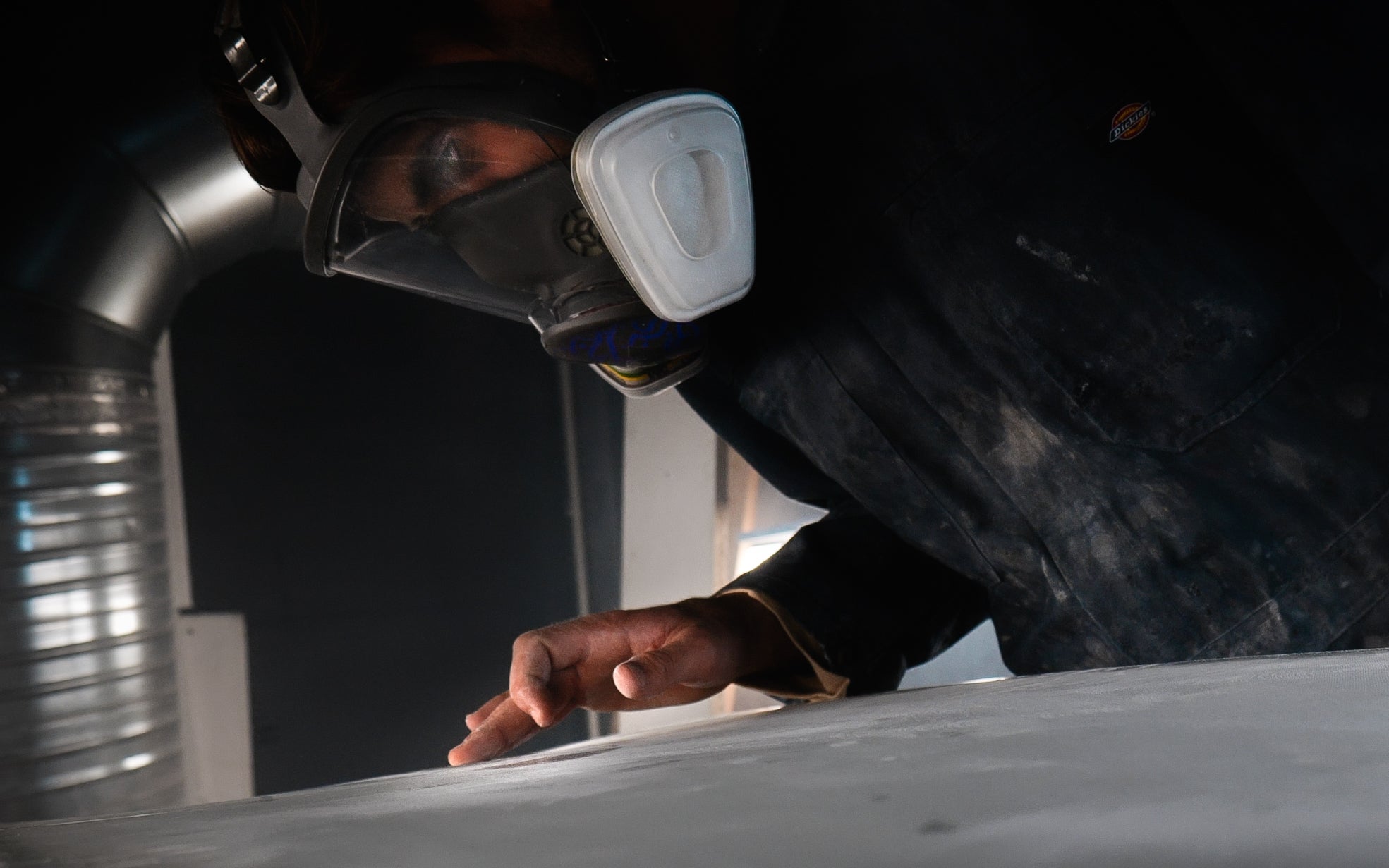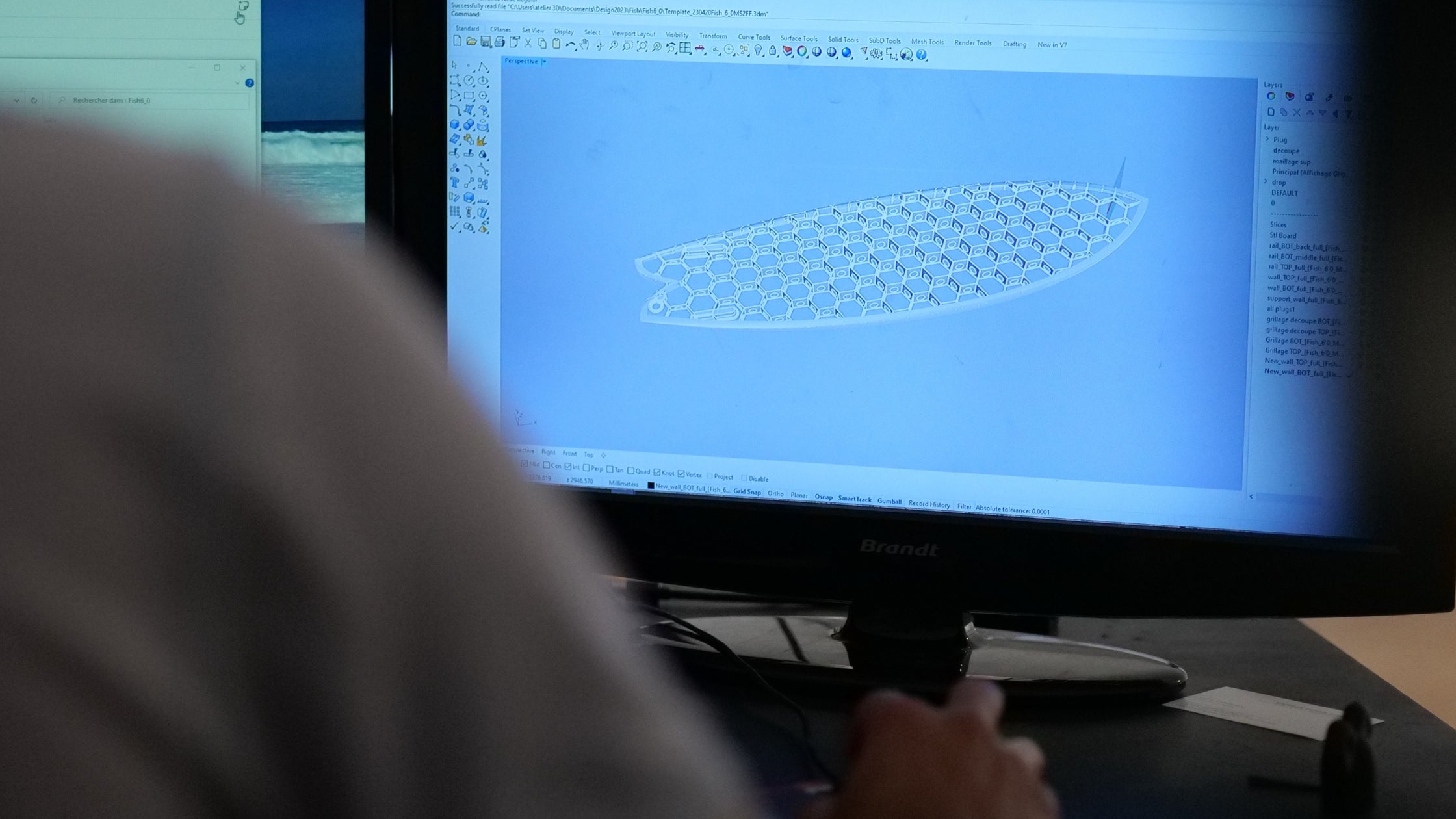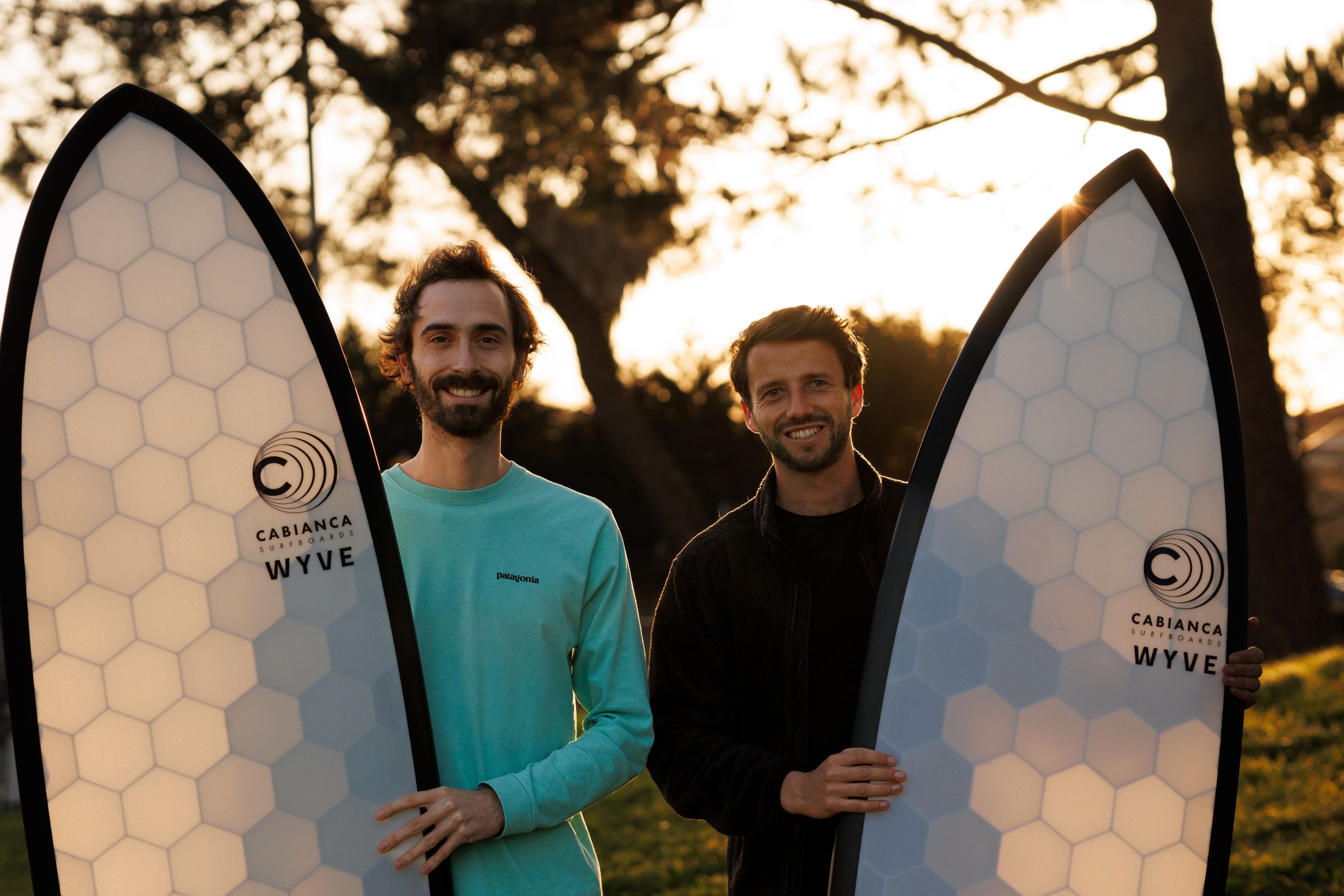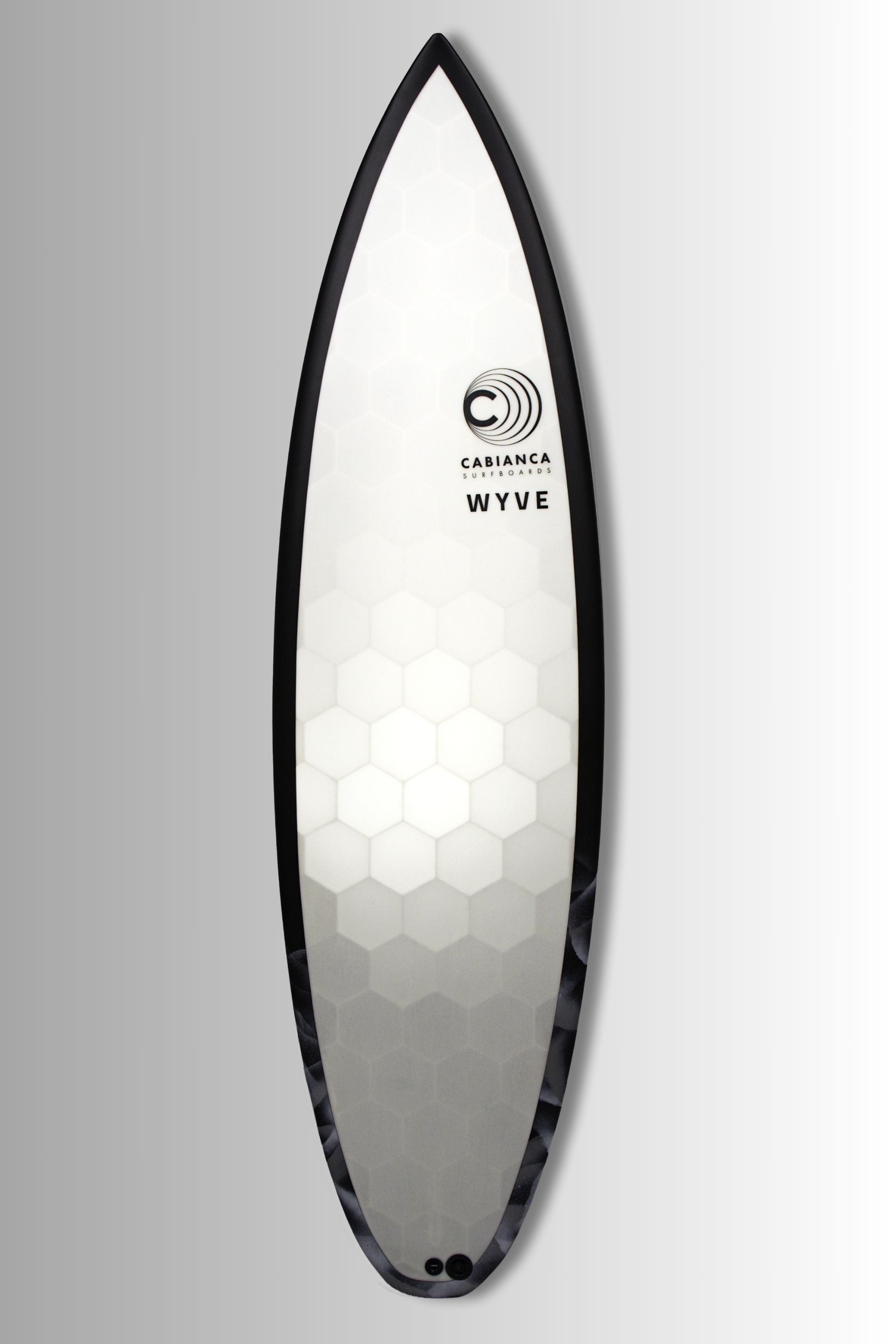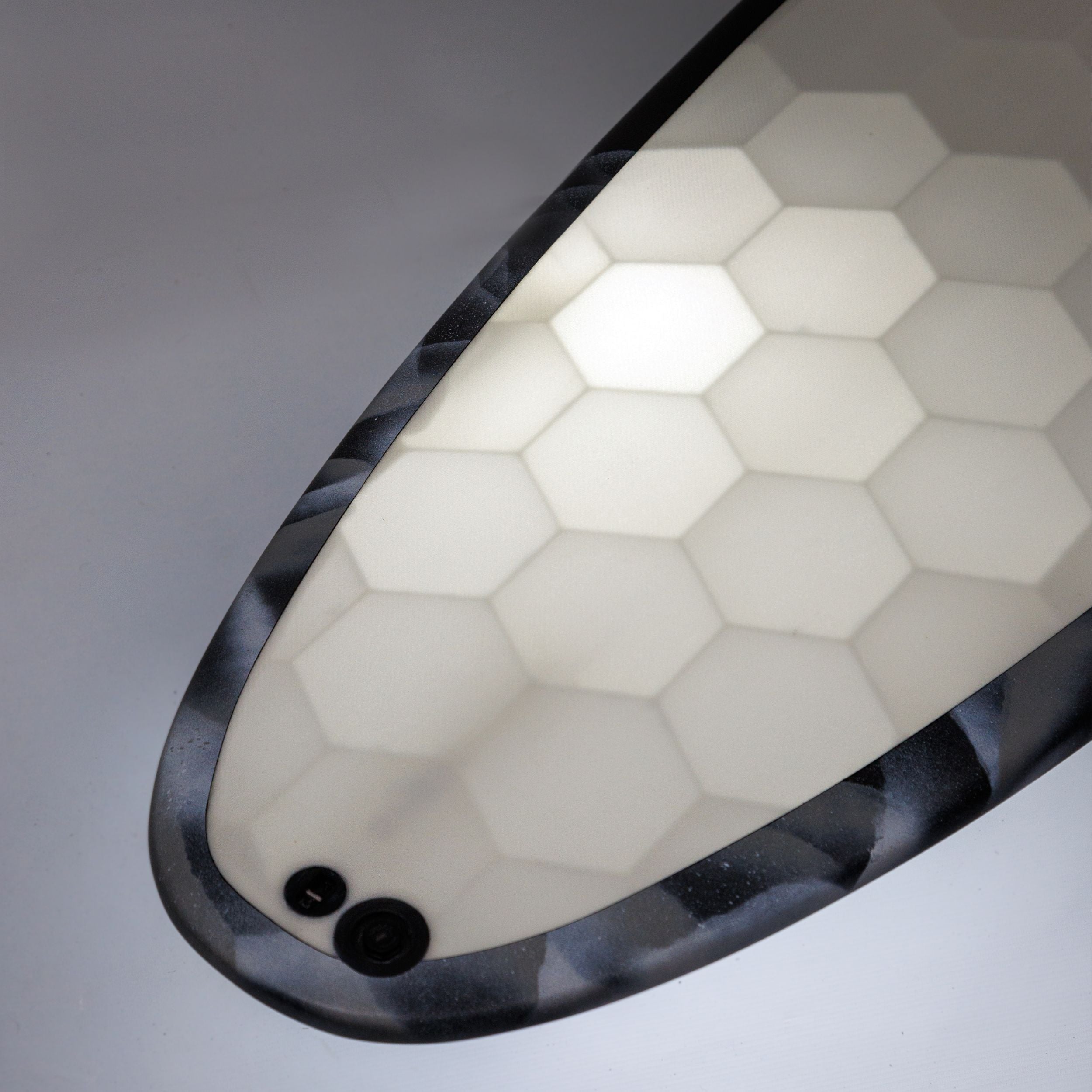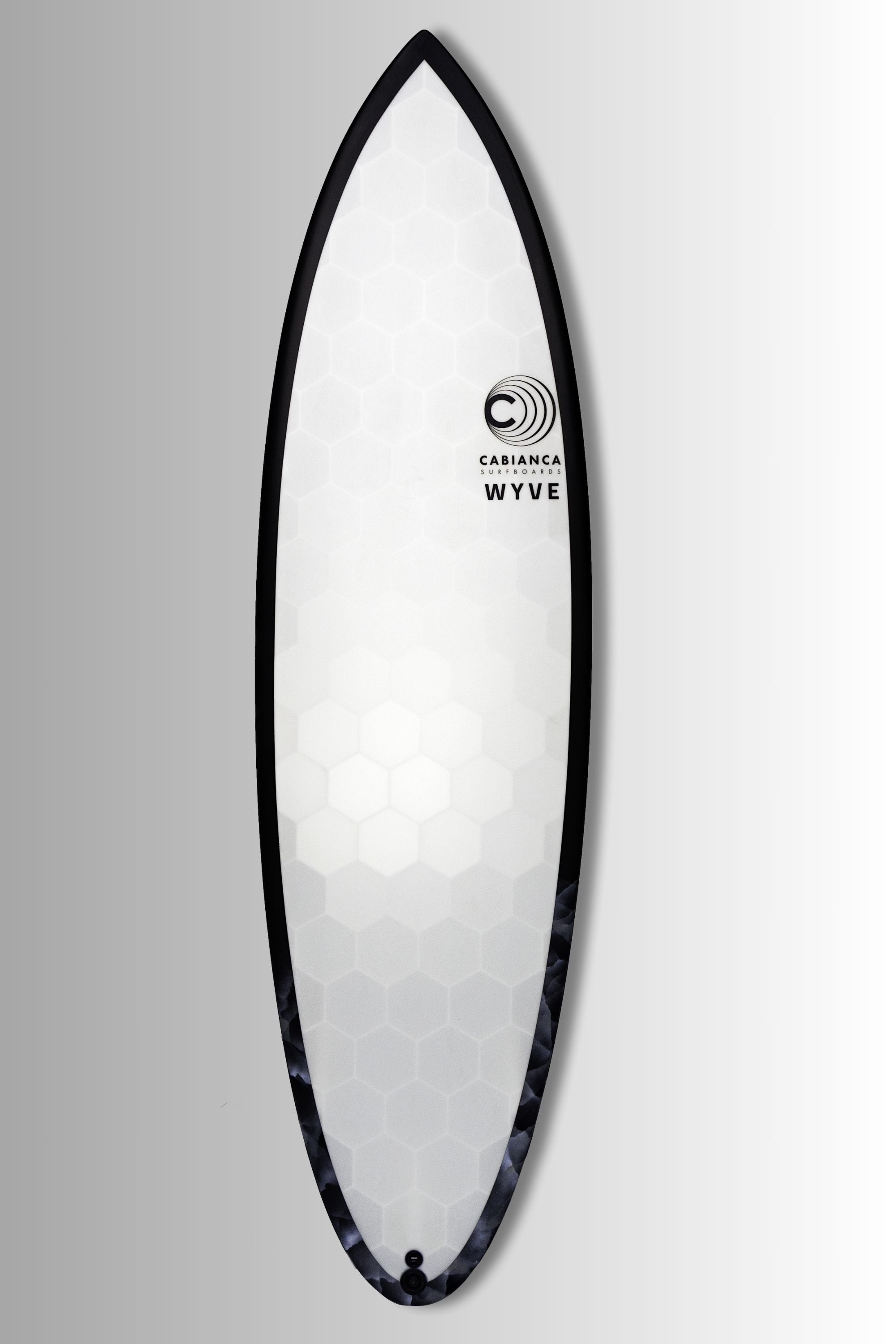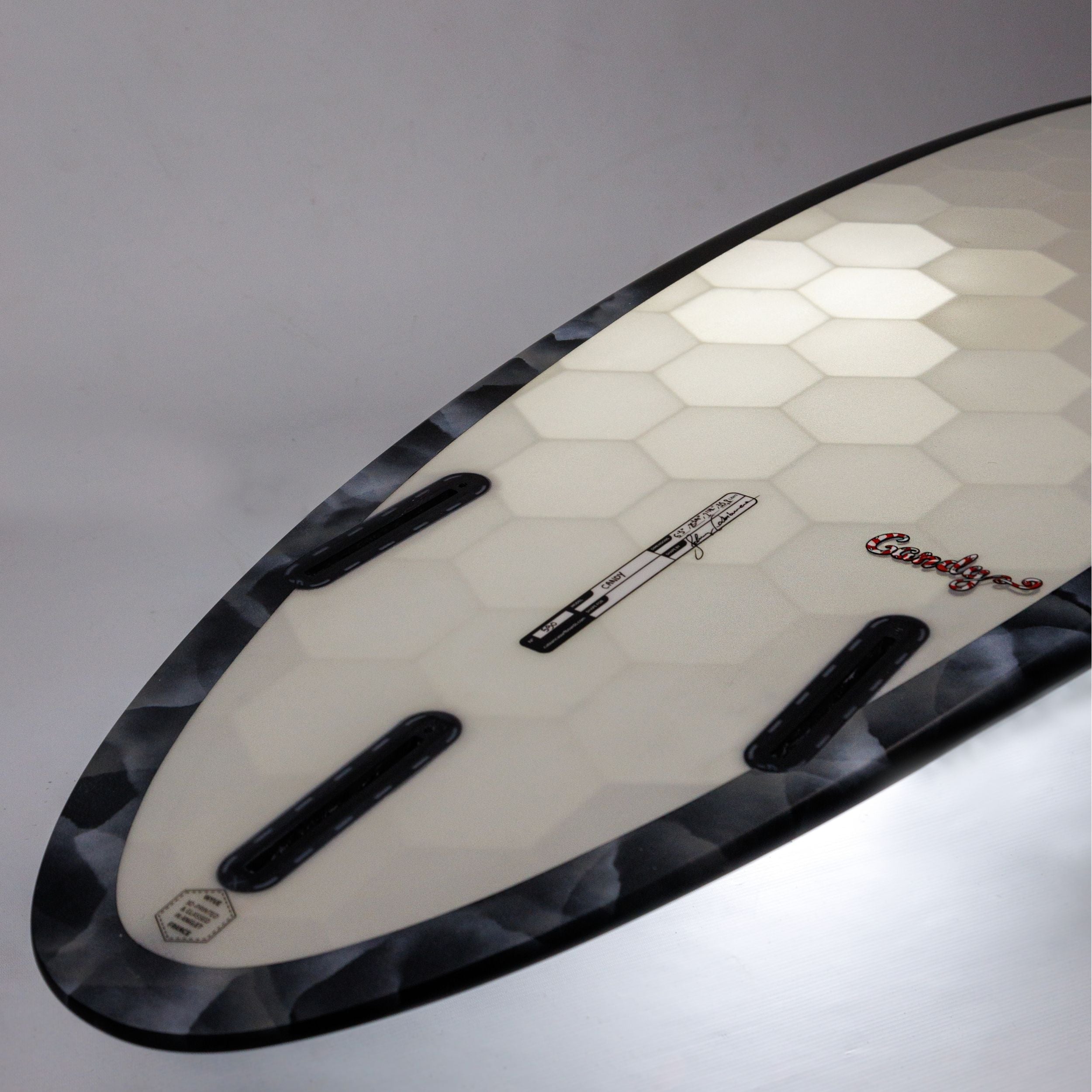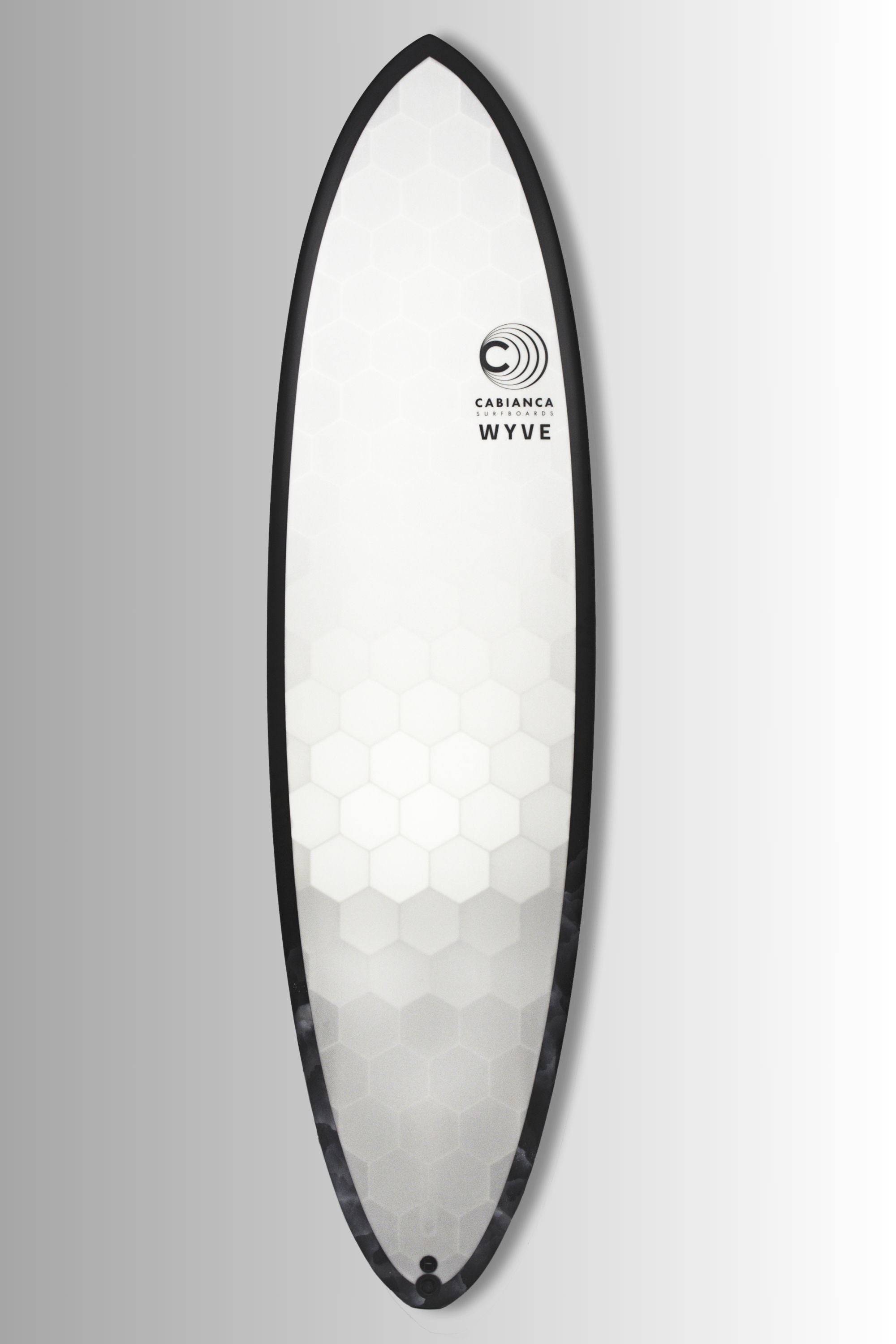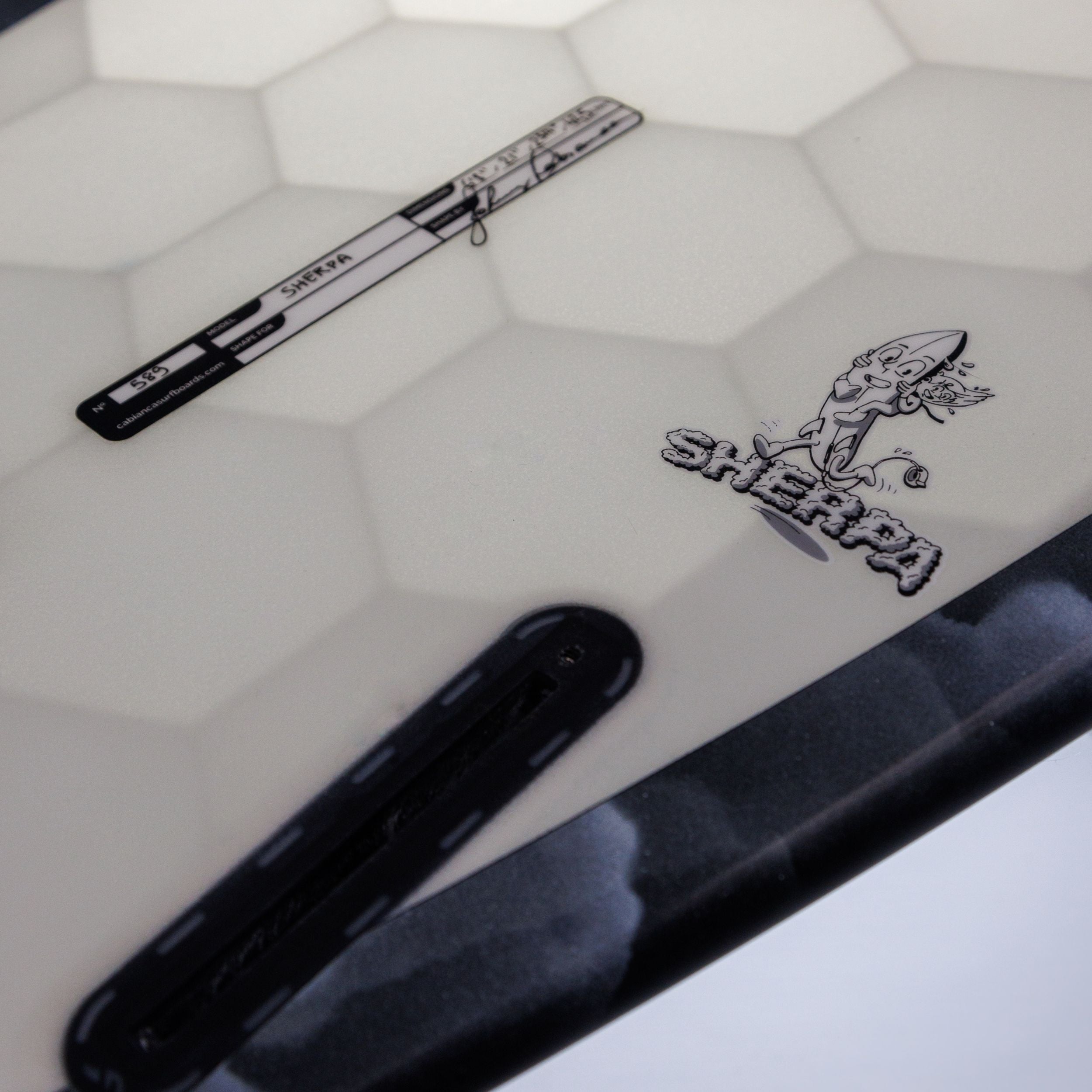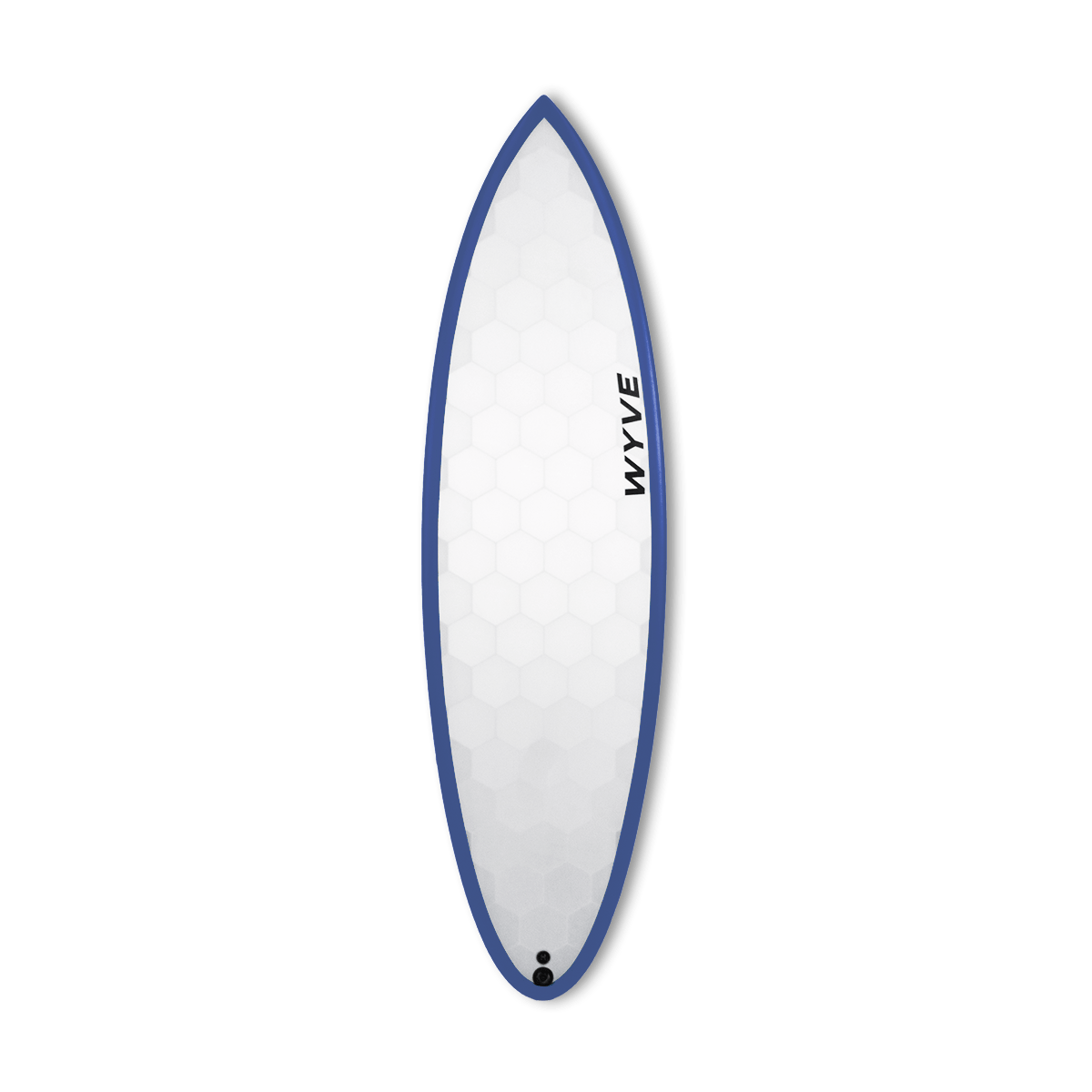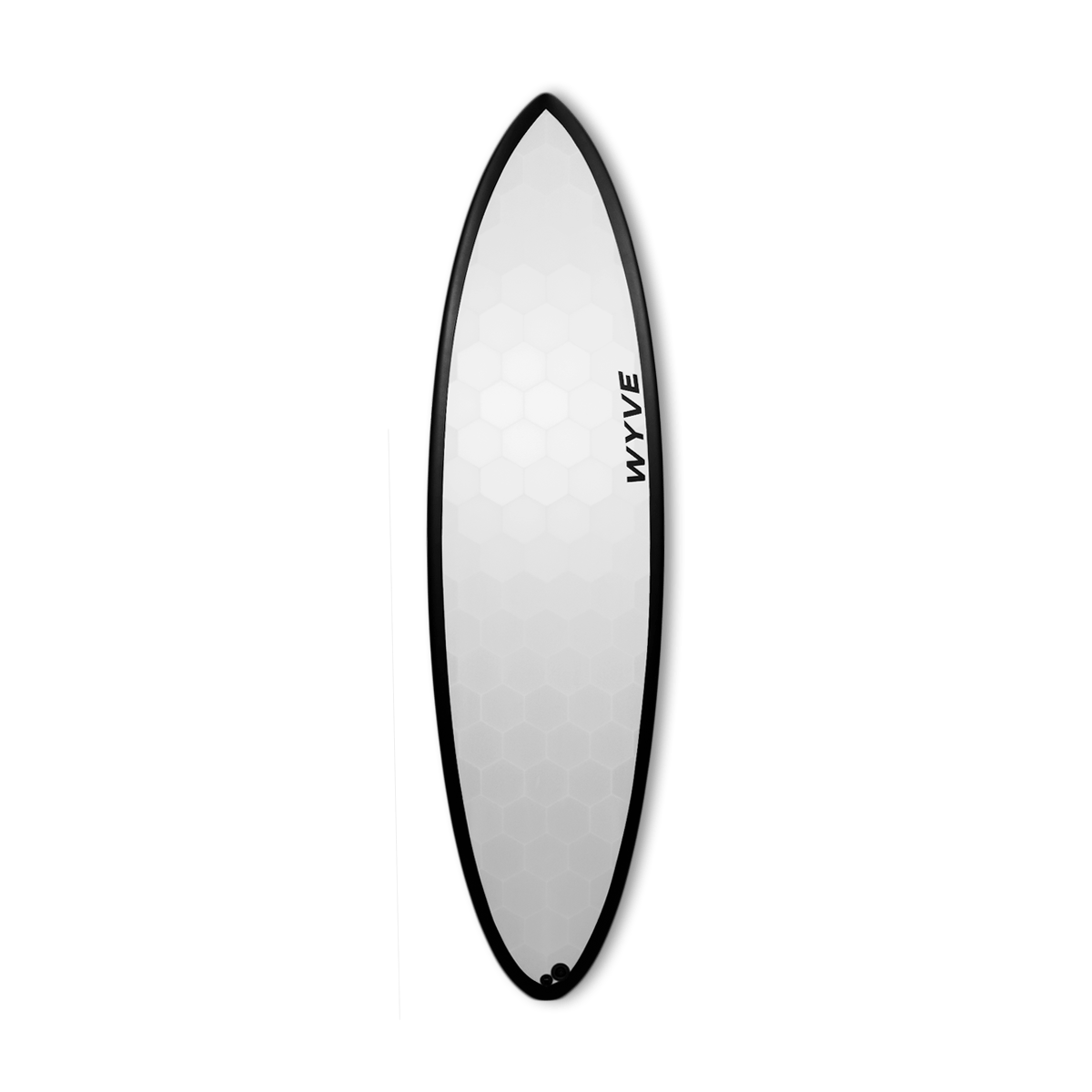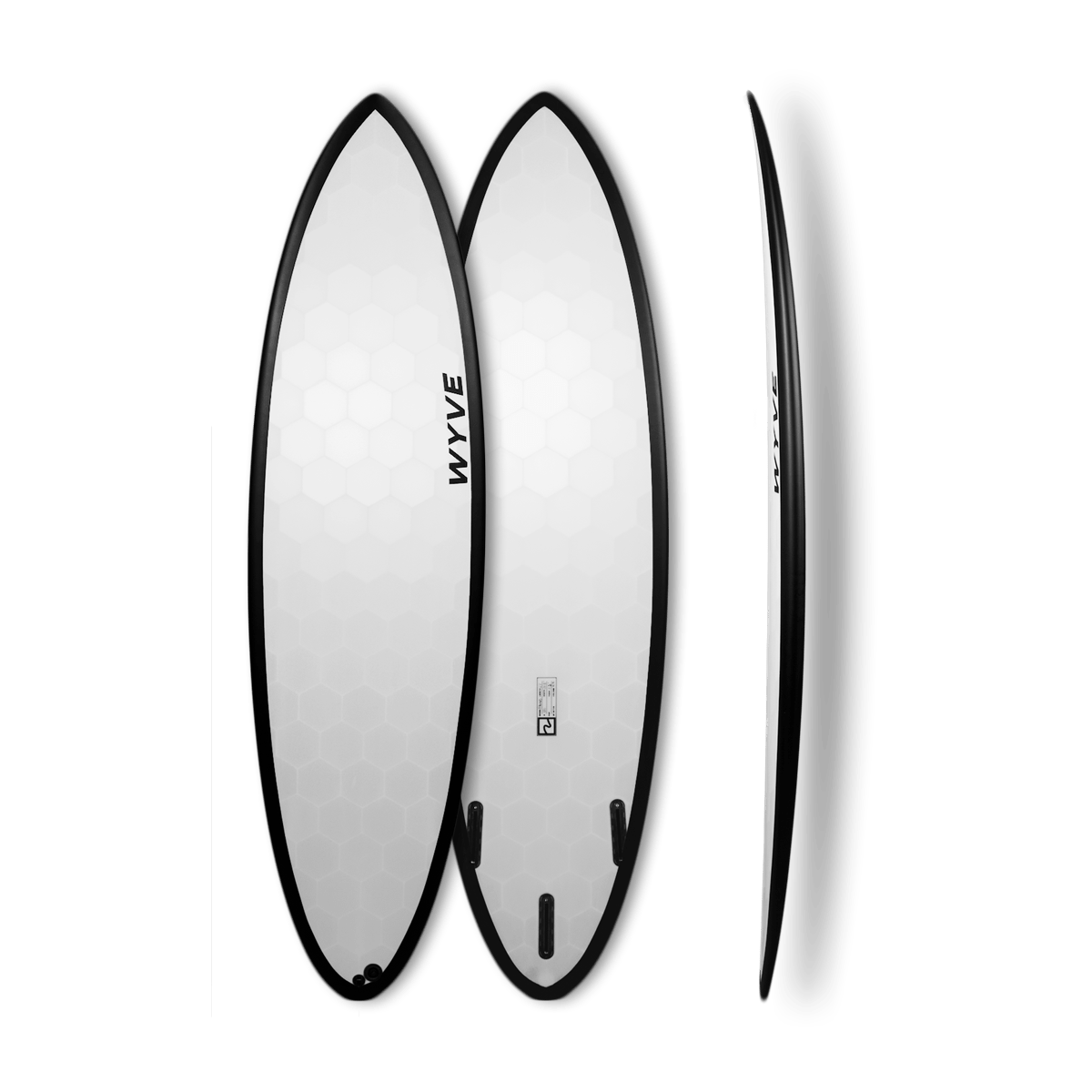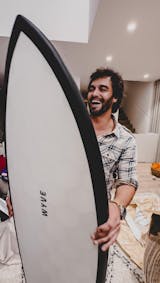If shaping a surfboard is an art, designing it in 3D is a science.
Wondering how Wyve designs your dream board before printing its structure in 3D? You've come to the right place!
From the answers to the online customization questionnaire on our website, our algorithm automatically translates each surfer's measurements, feel, and surfing goals into a custom shape proposal. After a call to refine the shape with the customer, we move on to the first step of manufacturing the surfboard: modeling the custom shape via 3D software.

3D modeling of a Wyve surfboard
What is 3D modeling
3D modeling is a computer graphics technique consisting of creating an object in the form of a 3D image. Itprovides a 3D file that is essential for the design of a physical object.
From architecture to science to mechanical engineering to medical industry, many industries are embracing the potential of 3D modeling and making the most of it. 3D modeling has become part of the manufacturing process, especially with the increasing use of additive manufacturing. With the use of STL files, anything that is modeled on the computer can then be physically printed.
What 3D modeling brings to surfboards VS the traditional method
Many boards are nowadays modeled from STL files, on Shape 3D software. 3D modeling allows for more reliable shapes and repeatability. It is a technology with a great precision that respects exactly the measurements of the shape drawn on the software. We use this method to 3D print our boards, just as a shaper can use it to cut his foam pad from CNC machines.
This method considerably reduces the time and the risks of inaccuracy of this stage of manufacture. When cutting by hand, the final result may not be the board you originally thought it would be.
In Wyve's case, it is during the 3D modeling process that we work and adapt the exact dimensions to the surfer's morphology and objectives. The 3D design of a surfboard allows us to perfectly control all the parameters: ribs, general outline, dimensions, rail shape to be 100% sure that the shape corresponds to the surfer. Each board is custom made and adapted to the surfer's expectations. As a result, the Wyve board is more durable over time.
From 3D model to parametric core design
In addition to using Shape 3d software, we work in parallel with Grasshopper, a parametric modeling software.
Parametric modeling allows us to automate the design generation while keeping the possibility to vary the different inputs: shape, surfer characteristics, etc... This is when we can adapt the weight, flex, volume distribution, board resistance, etc... on our prototype boards while keeping an efficient production mode.
This software allows us to advance at high speed in Research and Development on our surfboards. Indeed, we can both easily create prototypes with different shapes and iterate the operations. Then, we can also easily modify the 3D mesh inside each board in order to offer surfers a board that best fits their expectations. For example, for performance shortboards, we can reinforce the mesh at the surfer's support and aerate the rest of the hexagonal structure in order to accentuate the board's lightness while keeping a good resistance under the supports.

Next step after 3D modeling: 3D printing
After the 3D modeling, the STL file is sent to a "slicer", a software that will generate the passage to the printer head to create the modeled part. It is then that our 3D printers provide extremely precise work to design the structure of our printed boards from bio-based plastic.
Do youwant to know more about why and how we chose 3D technology to design our surfboards? An entire article is available on our site right here!



